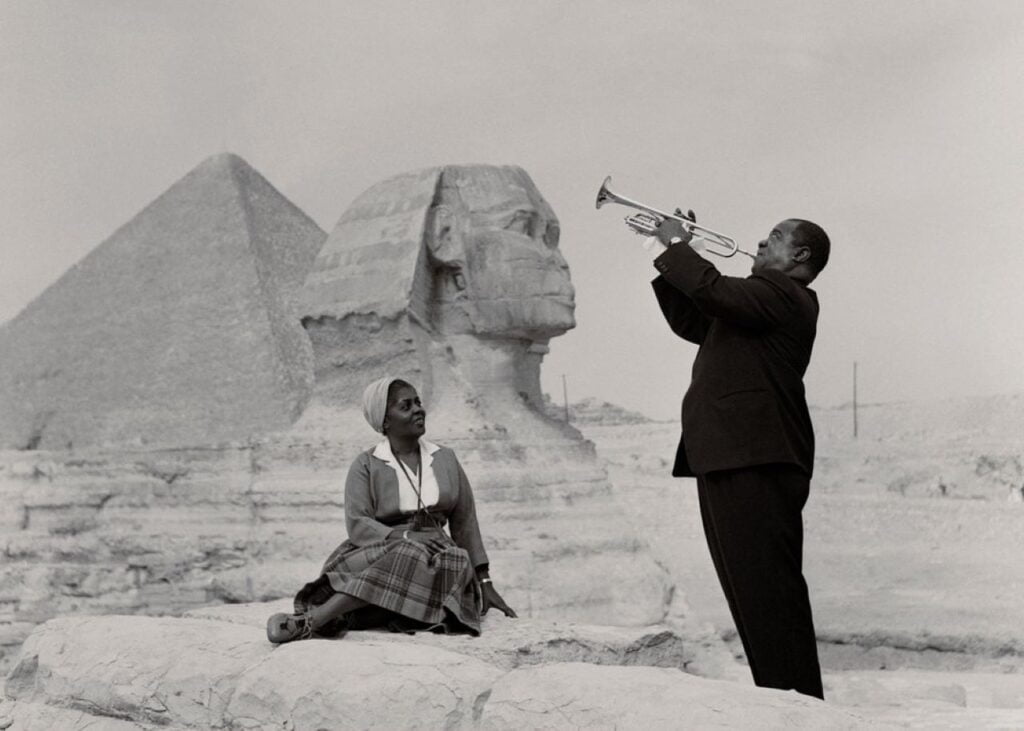Kolkata, formerly known as Calcutta, is the capital of the Indian state of West Bengal. Kolkata, located on the east bank of the River Hooghly, is the principal commercial, cultural, and educational center of East India, while the Port of Kolkata is India’s oldest operating port and its prime riverine port. The city has a long history, dating back to the time when it was the capital of the Bengal Province of the British Raj. Kolkata was also the capital of the Kingdom of Bengal. The city has a rich heritage of colonial architecture, which can be seen in its many monuments and buildings.
Table of Contents
Architectural History in Kolkata
Kolkata has been a major settlement for two millennia, first under the rule of the Maurya and Gupta empires, and later under the Sultanate of Bengal, the Mughal Empire, and the British Empire. The city’s documented history begins in the late 18th century, when the Nawab of Bengal, Siraj-ud-Daulah, occupied the village of Sutanuti. In 1793, the East India Company took control of the region from the Nawab and established Fort William as a garrison town. The Company decided to build a new fort in the village of Gobindapur, which was strategically located on the east bank of the Hooghly River.
Construction of the fort began in 1756 and was completed in 1773. The fort was named after King George III of Great Britain. In 1803, the British decided to move the capital of their Indian territories from Calcutta to Delhi. However, they found Delhi unsuitable for their needs and decided to move the capital back to Calcutta in 1814. The city continued to grow under British rule and became a major center of the Indian independence movement. The city was a principal center of the Bengal Renaissance in the 19th century.
Colonial Architecture
It remains a hotbed of contemporary architecture, with new buildings being constructed alongside pre-existing ones. The colonial architecture of Kolkata is a mix of styles from different periods of the city’s history. It is a blend of European and Indian styles. The city is home to numerous colonial-era buildings, many of which are in the Indo-Saracenic style. The earliest buildings in the city were constructed by the British during their rule, and are in the neoclassical style. These include the Old Fort William, the Writers’ Building, and the General Post Office.
The Old Fort William
The Old Fort William in Kolkata was built by the British East India Company in 1696. It was the main fortified settlement of the company in Bengal and served as an important military base during the 18th century. The fort was named after King William III of England and was one of the largest British fortifications in India. The fort was surrounded by a high brick wall and had a total of three gates. The main gate was located on the north side and was defended by two large bastions. The other two gates were located on the east and west sides of the fort.
The fort was hexagonal and had an area of about 10 acres. The fort was armed with about 50 guns and had a garrison of about 400 soldiers. The fort was also used as a prison and was the site of the Black Hole of Calcutta incident. The fort was abandoned after the British lost the Battle of Plassey in 1757 and was later used as a barracks by the Nawab of Bengal. The fort was captured by the British again in 1765 and was used as a military base until 1857. The fort was then used as a jail during the British Raj. The fort is now a tourist attraction and is open to the public.
The Writers’ Building
It is the secretariat of the Government of West Bengal. It was built in 1780 and is an example of colonial architecture. The Legislative Assembly is the lower house of the West Bengal Legislature. It was built in 1824 and is one of the oldest legislative buildings in India.
The General Post Office
It is the main post office of Kolkata. It was built in 1864 and is an excellent example of Victorian architecture. Fort William is a fort in Kolkata that the British East India Company built. It was named after King William III of England and is one of the largest forts in India.
The colonial architecture of Kolkata The most notable examples of this style are the Victoria Memorial and the Howrah Bridge. The colonial architecture of Kolkata is a reflection of the city’s rich history and its status as a former capital of British India. These structures are a testament to the city’s past and a reminder of its colonial heritage.
Victoria Memorial
The Victoria Memorial is a large white makrana marble building in Kolkata, which was built between 1906 and 1921. It is dedicated to the memory of Queen Victoria and is now a museum and a popular tourist destination. The Victoria Memorial has a length of 184 feet and a breadth of 205 feet. It is surrounded by four acres of beautifully landscaped gardens. The architect of this grand building was William Emerson, who died before its completion. Construction began in 1906 and was completed in 1921.
The building is in the Indo-Saracenic style, blending together British, Mughal, and Venetian architecture. The Victoria Memorial houses a museum with a collection of paintings, manuscripts, weapons, armor, and other artifacts of the British Raj. It also has a library with over two lakh books.
The Howrah Bridge
It is a bridge over the Hooghly River. The Howrah Bridge is a cantilever bridge with a suspended span over the Hooghly River in West Bengal, India. The bridge is one of four on the Hooghly River and is the oldest of the four. It was originally named the New Howrah Bridge because it replaced a pontoon bridge at the same location that had been in use since 1874. The bridge was inaugurated on February 3, 1943, by then-Governor of Bengal Frederick John Melton. The bridge is currently used by approximately 100,000 vehicles and more than 150,000 pedestrians daily.
Kolkata is one of India’s most historic and cosmopolitan cities. It has been at the center of the activity of various civilizations at different points in time. Large populations of Chinese, Armenian, Jewish, and other immigrant communities have made Kolkata home, and the city’s stunning architecture pays testament to its social, political, and cultural richness and diversity.
These colonial-era buildings are also striking reminders of Kolkata which served as the capital of British India.
St. Paul’s Cathedral
Built in 1847, this is said to be the largest cathedral in India’s City of Joy. It was built to tend to Calcutta’s growing European community in the early 19th century with its gothic architecture and stained-glass windows, the pristine-white texture.
The Raj Bhavan
Formerly known as the Government House, is the official residence of the Governor of West Bengal. It was built between 1799 and 1803 during the British Raj as the residence of the Governor-General of India. The building is neoclassical in style and is surrounded by sprawling gardens.
Marble Palace
The marble palace is a 19th-century palatial mansion in North Kolkata. It is located on Muktaram Babu Street in Jorasanko. The palace was built in 1835 by Raja Rajendra Mullick, a wealthy Bengali merchant, and zamindar, and is currently owned by his descendants. The palace is a synthesis of Bengali, European, Chinese, and Mughal architectural styles, and is notable for its extensive use of marble. The front facade of the palace is three stories tall and is flanked by two octagonal towers. The main entrance is through a double-height portico with Corinthian columns. The portico leads to a central hall that is adorned with marble flooring, walls, and ceilings.
The hall has a staircase with a wrought-iron balustrade that leads to the upper floors. On the first floor, there is a landing that leads to a suite of rooms. The suite includes a drawing room, a dining room, a bedroom, and a bathroom. The drawing room and dining room have marble floors, walls, and ceilings, and are decorated with intricately carved marble fireplaces, doorways, and windows. The bedroom has a marble floor and walls, and carved marble.
Calcutta High Court
The Calcutta High Court is the oldest High Court in India, with jurisdiction over West Bengal and Odisha states. It was established on 1 July 1862 under the High Courts Act, of 1861. The High Court building is located on the north bank of the Hooghly River in the city of Kolkata. The building is an example of Indo-Saracenic architecture, with a blend of European and Mughal influences. The court complex also houses the offices of the Advocate General and the Registry of the High Court.
The colonial architecture of Kolkata is a reflection of the city’s rich history and cultural heritage. The city is home to some of the most beautiful and iconic buildings in India, which reflect the British Raj period. Kolkata is also known as the “City of Palaces”, due to the large number of palaces and mansions that were built during the colonial era. The colonial architecture of Kolkata is a testimony to the city’s rich past and is one of the main reasons why the city is so popular with tourists.




